Rising Disposable Incomes
The increase in disposable incomes across various demographics appears to be a pivotal driver for the Home Textile Market. As consumers experience enhanced financial flexibility, they are more inclined to invest in quality home textiles, such as bedding, curtains, and upholstery. This trend is particularly evident in emerging markets, where a growing middle class is prioritizing home aesthetics and comfort. According to recent data, the home textiles segment is projected to witness a compound annual growth rate of approximately 4.5% over the next few years, driven by this increase in consumer spending. The Home Textile Market is thus likely to benefit from this economic uplift, as consumers seek to enhance their living spaces with premium textile products.
Evolving Consumer Preferences
Consumer preferences are shifting towards more personalized and aesthetically pleasing home environments, which significantly influences the Home Textile Market. This evolution is characterized by a growing demand for unique designs, colors, and patterns that reflect individual tastes. Market data indicates that approximately 60% of consumers are willing to pay a premium for customized home textile products. This trend is further fueled by the rise of social media platforms, where home decor inspiration is readily shared. As consumers increasingly seek to express their identities through their living spaces, the Home Textile Market is poised to adapt by offering a wider array of customizable options.
Urbanization and Housing Trends
The ongoing trend of urbanization is significantly impacting the Home Textile Market. As more individuals and families move to urban areas, there is a corresponding increase in demand for home textiles that cater to smaller living spaces. This demographic shift is prompting consumers to seek multifunctional and space-saving textile solutions, such as foldable furniture covers and compact bedding options. Market data indicates that urban dwellers are likely to spend approximately 20% more on home textiles compared to their rural counterparts, driven by the need for stylish yet practical solutions. Consequently, the Home Textile Market is adapting to these changing housing trends by offering products that meet the unique needs of urban consumers.
Sustainability and Eco-Friendly Products
The increasing awareness of environmental issues is driving a notable shift towards sustainability within the Home Textile Market. Consumers are becoming more conscious of the ecological impact of their purchases, leading to a heightened demand for eco-friendly textiles made from organic or recycled materials. Recent studies suggest that the market for sustainable home textiles is expected to grow by over 8% annually, as consumers prioritize products that align with their values. This trend not only reflects a change in consumer behavior but also compels manufacturers to innovate and adopt sustainable practices, thereby reshaping the landscape of the Home Textile Market.
Technological Advancements in Production
Technological advancements are revolutionizing the production processes within the Home Textile Market. Innovations such as automation, digital printing, and smart textiles are enhancing efficiency and product quality. For instance, the integration of smart technology into textiles allows for the creation of fabrics that can regulate temperature or resist stains. This technological evolution is likely to attract a tech-savvy consumer base, eager for innovative home solutions. Market analysts project that the adoption of these technologies could lead to a 5% reduction in production costs, thereby enabling manufacturers to offer competitive pricing while maintaining high-quality standards in the Home Textile Market.


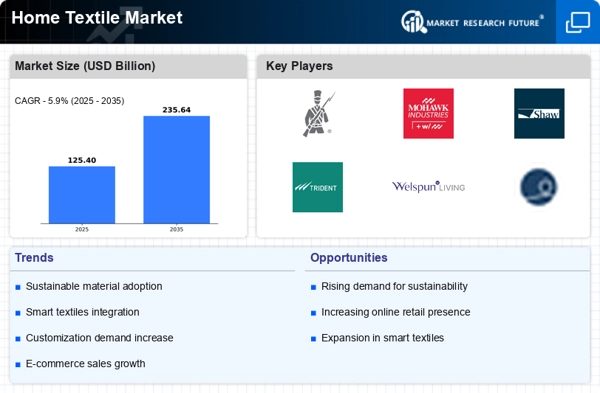
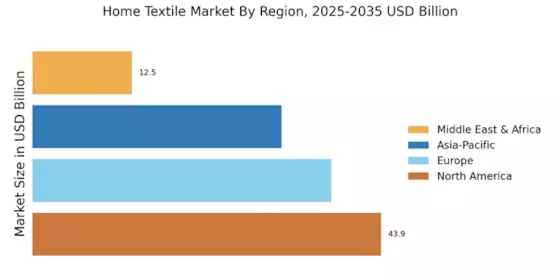
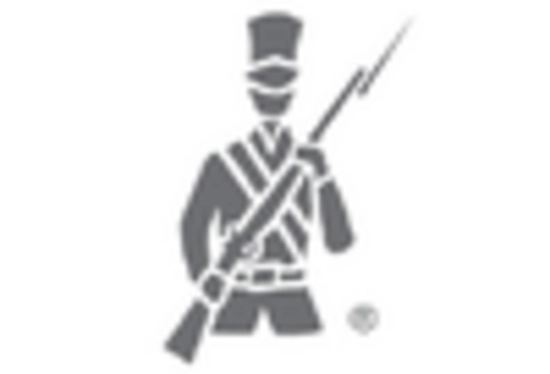
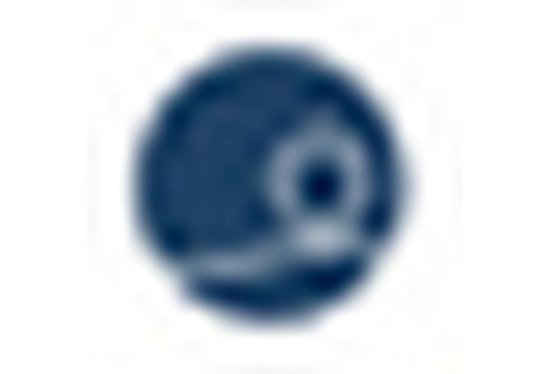

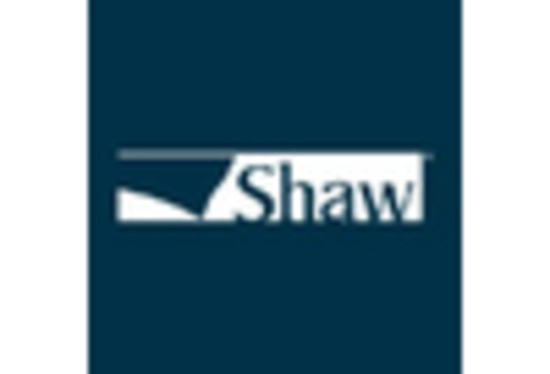










Leave a Comment